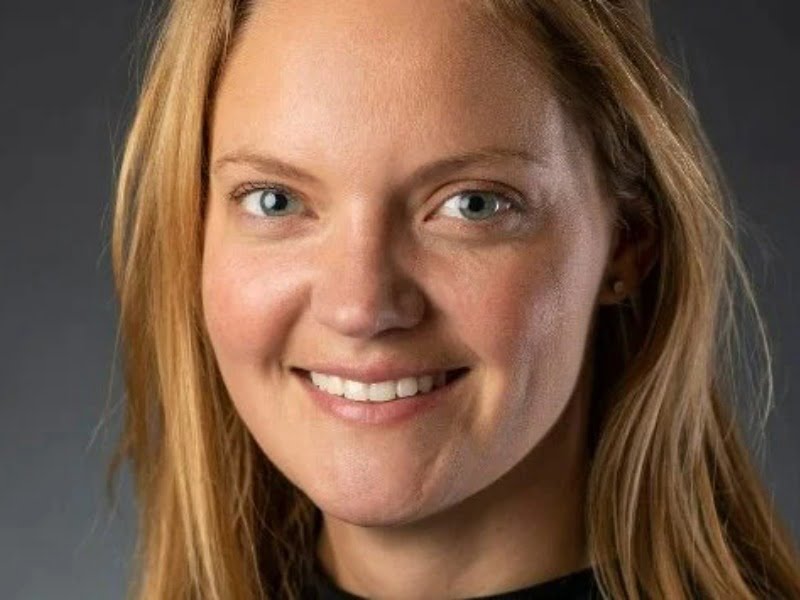When the Consumer Data Right (CDR) legislation came into effect, it was a win for consumers in the banking and finance sector.
Consumers could control how their data was collected and used, and by whom, and the benefits include increased transparency and improved products based on new insights into behavior. The result is better consumer control, convenience and choice, which is made into a reality by Open Banking.
Open Banking is just for banks, right? Wrong. There’s no reason CDR should be confined to the banking sector.

For organisations with enough vision, the permission to collect and use data is illuminating new solutions to old problems in myriad industries. We’re only just starting to realise the expansive potential of CDR.
Beyond Open Banking
At present, CDR use cases outside the banking environment are limited. First, organisations need a little creativity to develop a use case based on the problems they want to solve for their customers.
Secondly, the regulation process may still be regarded as a hindrance, although this is changing. Becoming regulated to access data used to take a year and now that period is closer to two months – or even weeks if you go down the path of the new access models.
There are also use cases that repurpose banking data where the objective falls outside the finance sector.
COVID Hotspot Alert, for example, is a world-first COVID tracing and notification system my company created. It uses AI combined with government health data and exposure sites to analyse banking data and pinpoint consumer movements based on card transaction times and locations.
Activated with permission from the consumer, the system lets users receive confidential notifications of potential exposure to COVID if they have made a purchase around the same time and at the same location of a known case.
This COVID Hotspot Alert acts as an additional layer of communication for those times when consumers are unable – or simply forget – to check into a venue or shop. It’s also comparatively faster than traditional contact tracing because it uses a near real-time data set.
But the best bit? The consumer maintains control: they can opt in or out of the service at any time.
If they withdraw consent, the service stops, and their data retention preferences have to be followed. This was created to facilitate a non-financial use case and to protect people through banking data.
Open Energy, Telcos, Finance and more
CDR has the potential to ‘open’ any industry where access to data can give new insight into consumer behaviour and product or service usage. It encourages transparency and competition, and two industries that are ripe for this are energy and telecommunications.
From October 2022, CDR will be applied to the National Electricity Market, which covers all but Western Australia and the Northern Territory. It will start with our major energy retailers, followed by the smaller players, all of which will be required to make data sharing available as part of the CDR.
This means consumers will be able to allow data about their energy usage – when, where, the volume, and its associated costs – to be made available to third parties. It will result in more insightful and accurate provider comparisons, making it easier for consumers to switch to a higher-performing energy retailer, and stimulate competition in the sector.
Excitingly, just last month, the government announced the third sector to be included in the CDR – telecommunications. Open Finance is tipped to launch after Open Telco, which includes superannuation, non-bank lenders, merchant payments and general insurance.
I believe more industries will follow in much faster succession because it’s an economy-wide framework. While specific data standards may change from sector to sector, the marketplace model is easily adapted.
Where CDR could go next
Other areas where I believe CDR will make a real difference is in loyalty accrual, where organisations can track consumer purchases in real-time and offer rewards immediately to increase customer engagement. Or even for credit assessments, where historical data of the consumer’s behaviour – rather than their current financial situation – can give better context than traditional scoring methods.
I also foresee new services arising from the wider availability of data. Switching-as-a-service, for example, will take the pain out of disconnecting from one service and signing up to another.
For a small fee, and with the consumer’s permission, the service will be able to switch their account to the market’s best rate and seamlessly manage all the administration that entails.
Another great use case I can imagine for CDR would be a subscription management service that allows consumers to view all the subscriptions in one place and assess their usage of each service to determine the value of keeping it. A service of this nature could also help manage trial periods, pauses, cancellations and renewals, as well as payment timings.
Using CDR for Open Banking is a great start and a useful demonstration of how this data can be applied to improve transparency and competition in a sector. However, further – and more advantageous uses – will be when data-driven solutions help vulnerable, rural and disadvantaged Australians.
For instance, organisations can help individuals struggling with debt issues and management by leveraging the CDR to create budgeting plans that they stick to. Those monitoring household budgets can also connect their banking data with services that find the lowest prices across groceries, petrol and other essentials.
There are many ways that CDR can be used for good, and when used at scale, will be the solution to delivering on this.
Jill Berry is the co-founder and chief executive of Adatree an Australian financial technology company at the forefront of the Consumer Data Right (CDR). Adatree is Australia’s first accredited and active intermediary and has been a CDR pioneer since mid-2019. She previously helped build two new fully licensed banks, Tyro and Volt, and has more than 10 years’ experience developing products in regulated environments.
Do you know more? Contact James Riley via Email.
